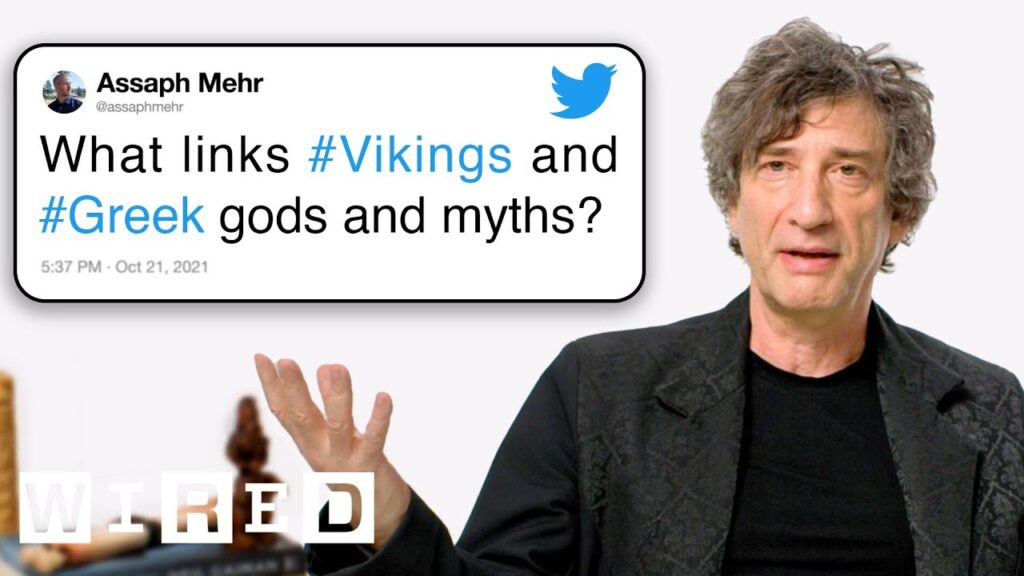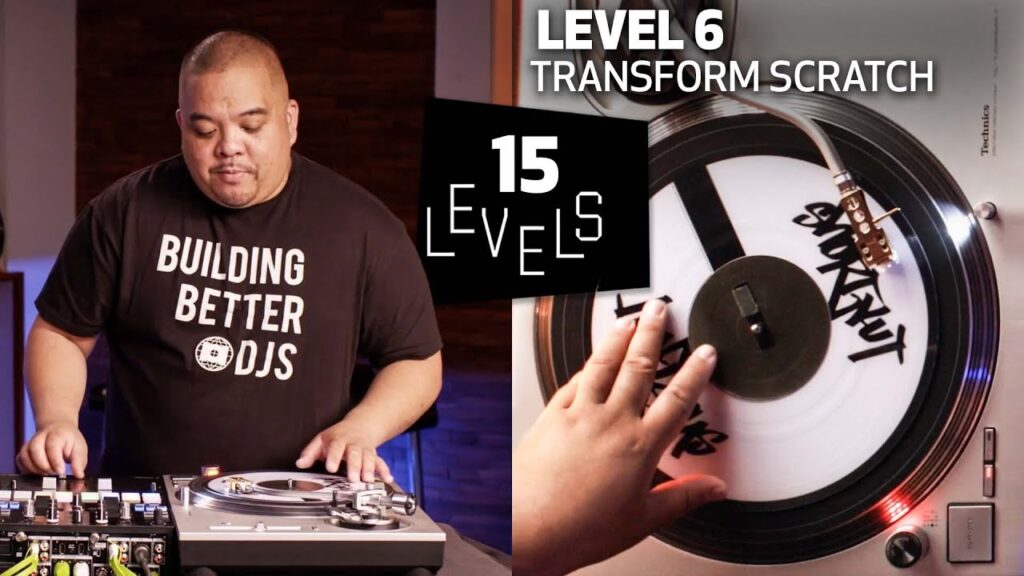Exploring the Accents of English-Speaking North America
Summary
In this article, we explore the various accents of English-speaking North America. We learn that accents vary by socioeconomic background, generation, ethnicity, and race, and all kinds of individual factors because, in a very real way, accent is identity. Settlement patterns and contact play a significant role in accent diversity.
Table of Contents
- The Pilgrims’ Rhotic Accent
- The Non-Rhotic Stereotypical Boston Accent
- The New York City Accent
- African American English
- New York Latino English
- The Dialect Boundary in the US
- DC Varieties
- Pittsburgh’s Unique Math Diphthong
- The Tidewater Raising in the Delmarva Peninsula and Virginia
The Pilgrims’ Rhotic Accent
The first places English was spoken in North America were Roanoke, Jamestown, and Plymouth, Massachusetts where the Pilgrims landed in 1620. The Pilgrims spoke with what we call a rhotic accent, meaning they said all their R.
The Non-Rhotic Stereotypical Boston Accent
Stereotypical Boston accents are non-rhotic, meaning no R sounds in “park your car in Harvard Yard.”
The New York City Accent
The New York City accent varies by socioeconomic background and ethnicity rather than by neighborhood or borough. Most New York accents have the tongue tip hitting the teeth on T-D and N sounds.
African American English
African American English has a lot of shared features across regions due to its historical roots. After slavery was legally ended, the majority of African Americans remained in the South but experienced extreme segregation, leading to different varieties of English being spoken in black and white communities.
New York Latino English
New York Latino English is heavily influenced by Puerto Rican Spanish and Dominican Spanish. Around 50% of New Yorkers speak languages other than English at home, and for half of those, that language is Spanish.
The Dialect Boundary in the US
The dialect boundary in the US is marked by the on line, with most people north of it pronouncing the word “o” like “do” and south of it like “o”. The goat diphthong moves forward in the mouth as we head towards Philly and Baltimore.
DC Varieties
African-American speakers in DC may ask a yes/no question with a level or falling tone, unlike white speakers who expect a rising tone. DC varieties are becoming more like Northern cities.
Pittsburgh’s Unique Math Diphthong
Pittsburgh is the only place in North America where the math diphthong is smoothed out to a long “ah” sound.
The Tidewater Raising in the Delmarva Peninsula and Virginia
The Delmarva Peninsula and Virginia have a tidewater raising, where the tongue starts a little higher and the mouth diphthong sounds like “oa”.
Conclusion
In conclusion, accents are an integral part of identity and influenced by various factors such as socioeconomic background, ethnicity, and race. Settlement patterns and contact also play a significant role in accent diversity across North America.







